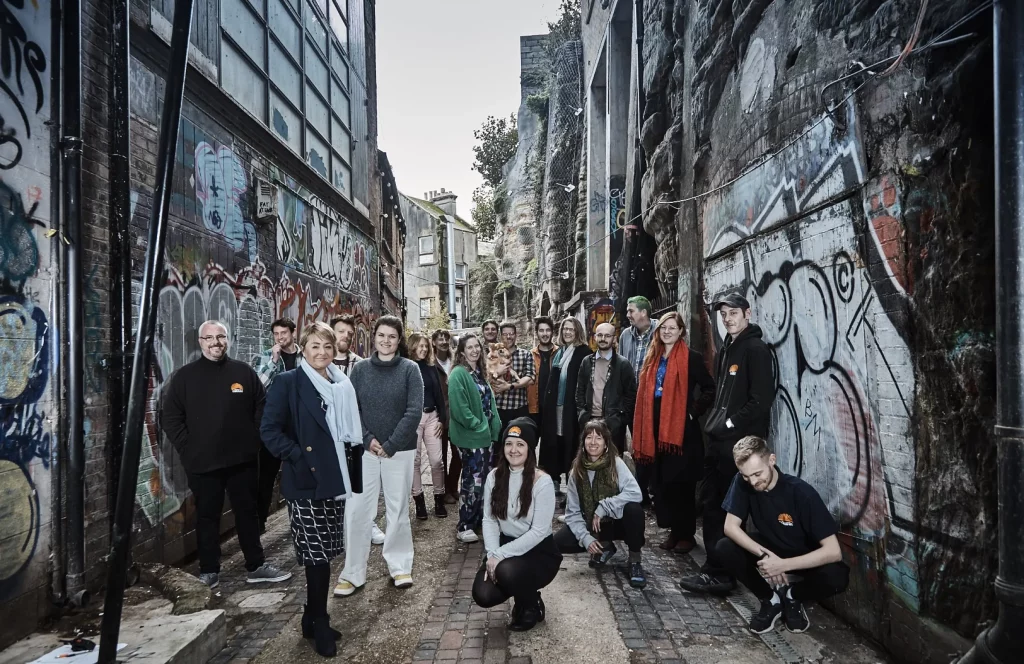The Indore Habitat Project, India, is a city-wide plan to improve slums and other poor areas by linking them into the city’s infrastructure, economy, and social networks. Instead of treating each slum separately, the project connects them as part of an urban network. This approach improves living conditions at a much lower cost than traditional methods and relies heavily on community participation. After infrastructure upgrades, residents often invest their own money to improve their homes.
Most slums in Indore are along waterways, which became the base for installing underground sewage, storm drainage, and water supply systems. By connecting slums along these natural lines, the city was able to build a full sewer network, turn polluted watercourses into clean streams, and create parks and walkways. This brought flood control, better sanitation, and major health improvements.
Indore has 1.25 million residents, with 28% living in slums. Before the project, 95% of sewage flowed untreated into the river because the old system served only 5% of the city. The project covers 183 slums, directly helping 39% of residents and indirectly benefiting 35% more.
The project has two parts: physical improvements and community development. Families contribute labour and pay for house connections, while the municipality handles maintenance, recovering costs through taxes and service fees. Community volunteers run health, education, and social programmes, encouraging residents to upgrade their own homes. On average, the project spends Rs 4,200 (£89) per family on infrastructure, while families invest around Rs 5,000 (£106) in home improvements.
The project is funded by the British Government’s Overseas Development Administration, alongside state, municipal, and community contributions. It shows how linking slums into the city’s systems can transform living conditions affordably, while empowering local communities to take part in the process.
Consulting Engineers






